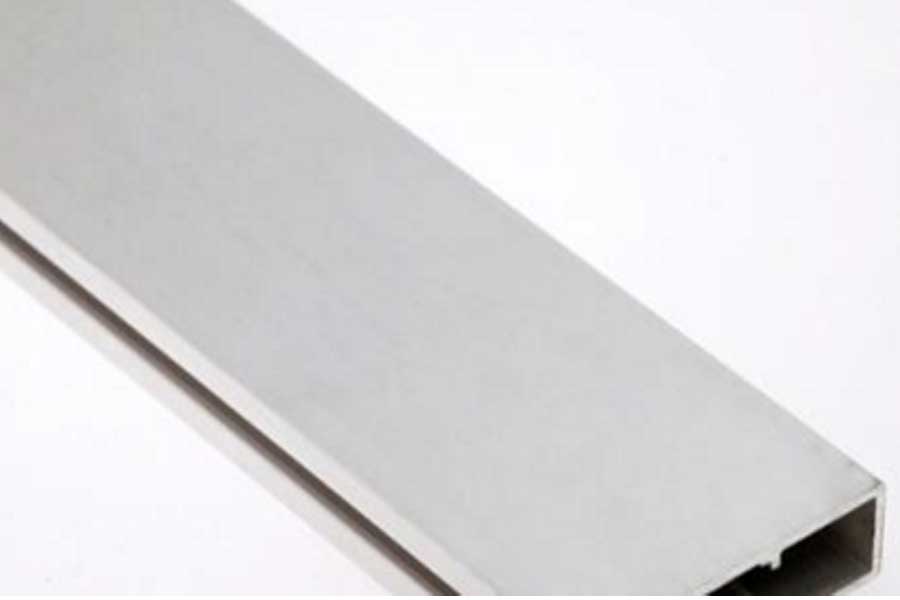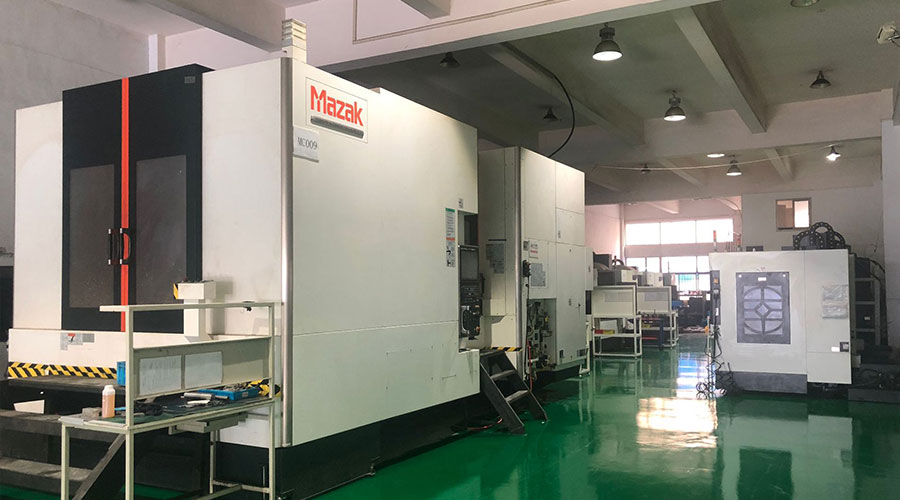Aluminum is usually processed into castings, forgings, foils, plates, strips, tubes, rods, profiles, etc., and then cold bending, sawing, drilling, assembling, and coloring. The main metal element is aluminum, and some alloying elements are added to improve the performance of aluminum. What is the technical process for surface treatment of aluminum?
(1) Brightening:
the process of brightening the metal surface by chemical or electrochemical polishing.
(2) Bright dipping:
After the metal is immersed in the solution, the surface of the metal is bright.
(3) Polishing:
The process of reducing the roughness of the metal surface.
(4) The soft wheel polishes the metal surface:
it is polished by a rotating soft wheel. The abrasive used on the wheel is a suspension, paste or viscous grease containing fine abrasive particles.
(5) Electrolytic brightening:
Use appropriate electrolytic treatment to brighten the metal surface.
(6) Electrolytic polishing:
aluminum is used as an anode polishing treatment in a suitable electrolyte.
(7) Electrolytic etching:
Aluminum is etched by electrolysis in a suitable solution.
(8) Chemical brightening:
the treatment of brightening the surface of aluminum by immersing it in the solution.
(9) Chemical polishing:
polishing treatment in which aluminum is immersed in a chemical solution.
(10) Degreasing:
Use mechanical, chemical or electrolytic methods to remove grease on the surface.
(11) Pickling:
removing oxides or other compounds on the surface through chemical action (usually in acid).
(12) Cleaning:
Use weak acid, weak alkali solution, solvent and its vapor to remove grease and dirt on the surface. This treatment can be chemical or electrolytic.
(13) Ash removal:
remove the ash attached to the aluminum surface (for example, the process of immersing aluminum in a nitric acid solution after alkaline washing is commonly known as light emission).
(14) Oxidation removal treatment:
remove the oxides on the surface.
(15)
The surface of the etched metal material is roughened due to the total or partial dissolution of the surface in an acid or alkaline solution. The acid etching process can be carried out with or without electricity. This method can also be used in special production processes such as electrolytic capacitor aluminum foil, printed circuit boards and decorative structures.
(16) Brushing:
A method of mechanical cleaning of the surface, usually with a rotating brush.
(17) Polishing:
The process of removing surface material by using abrasives attached to rigid or flexible objects.

(18) Belt polishing:
A method of mechanically processing aluminum parts, where the aluminum parts are in frictional contact with the circular strips with abrasives.
(19) Roller polishing:
In order to improve the smoothness of the metal surface, the process of batch processing aluminum parts in the roller (with or without abrasives or projectiles).
(20) Spray grinding:
A treatment method in which corundum or glass sand is shot onto the surface of an object with an air stream. It is also possible to use fine abrasives suspended in water or other liquids for spray grinding (wet spray or steam spray).
(21) Shot peening:
a method of spraying hard and small balls (such as metal shots) on the metal surface.
(22) Shot glass shot treatment: a treatment method in which small spherical glass shots are sprayed on the metal surface to clean or harden the surface.
(23) Sandblasting:
use sand or alumina for blasting and grinding.
(24) Wet spraying:
spray water slurry containing abrasives to the workpiece at high speed to clean or finish the surface.
(25) Activated surface;
the transition from the passive state to the activated state.
(26) Reactivation:
After the anodic oxide film is treated with acid, the dye adsorption capacity increases.
(27) Film stripping:
Use a suitable chemical solution to remove the anodic oxide film on the metal surface.
Link to this article: Introduction of aluminum surface treatment technology
Reprint Statement: If there are no special instructions, all articles on this site are original. Please indicate the source for reprinting:https://www.cncmachiningptj.com/,thanks!
 Sheet metal, beryllium, carbon steel, magnesium, 3D printing, precision CNC machining services for heavy equipment, construction, agriculture and hydraulic industries. Suitable for plastics and rare alloys machining. It can turn parts up to 15.7 inches in diameter. Processes include swiss machining,broaching, turning, milling, boring and threading. It also provides metal polishing, painting, surface grinding and shaft straightening services. The production range(include aluminum die casting and zinc die casting) is up to 50,000 pieces. Suitable for screw, coupling, bearing, pump, gearbox housing, drum dryer and rotary feed valve applications.PTJ will strategize with you to provide the most cost-effective services to help you reach your target,Welcome to Contact us ( [email protected] ) directly for your new project.
Sheet metal, beryllium, carbon steel, magnesium, 3D printing, precision CNC machining services for heavy equipment, construction, agriculture and hydraulic industries. Suitable for plastics and rare alloys machining. It can turn parts up to 15.7 inches in diameter. Processes include swiss machining,broaching, turning, milling, boring and threading. It also provides metal polishing, painting, surface grinding and shaft straightening services. The production range(include aluminum die casting and zinc die casting) is up to 50,000 pieces. Suitable for screw, coupling, bearing, pump, gearbox housing, drum dryer and rotary feed valve applications.PTJ will strategize with you to provide the most cost-effective services to help you reach your target,Welcome to Contact us ( [email protected] ) directly for your new project.
Link to this article:Introduction of aluminum surface treatment technology
Reprint Statement: If there are no special instructions, all articles on this site are original. Please indicate the source for reprinting.:Cut Wiki,Thanks!^^
